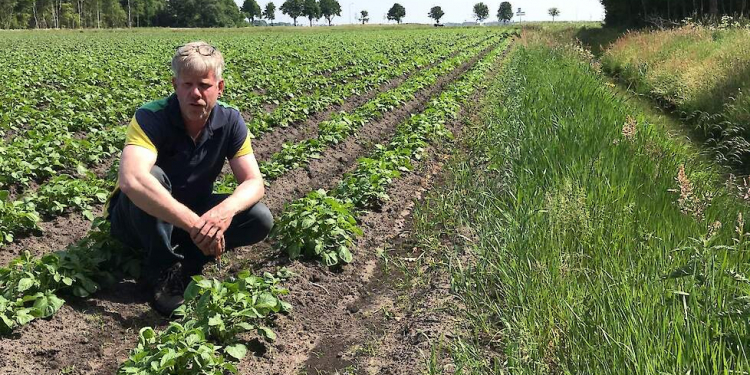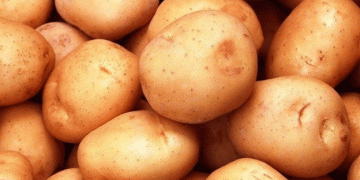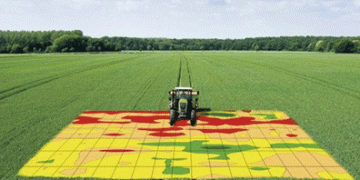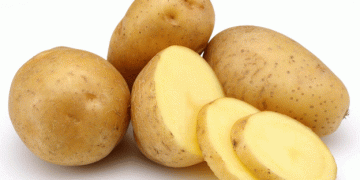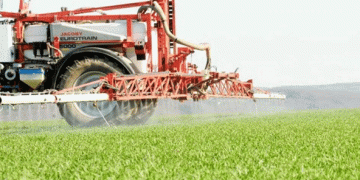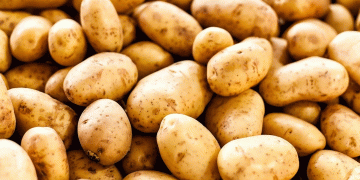We want to know which conditions ensure the growth of populations of insects, such as bean spider mites, so that we can take preventive actions with the lowest impact on the environment. In the approach with low environmental impact, the plant is central instead of the pest or disease. Agrifirm basically focuses on the natural resistance of the plant. There has also been a lot of investment in more knowledge about insects.
Search for cultivation solutions
The search for alternative possibilities takes place in various areas. With the use of resources with a low environmental impact, natural defense mechanisms and the resistance of plants are stimulated. By using basic substances, such as extracts from crustaceans, fungi and bacteria are combated in the same way that a vaccination supports humans and animals in their natural defenses.
Minimal environmental impact
Agrifirm puts a lot of energy into research, together with suppliers and growers, in order to prevent and, where necessary, combat pests and diseases. With the aim of a minimal environmental impact. Craftsmanship and knowledge of the soil, cultivation, crops, diseases and pests are more important than ever. In this article we give an example of development in potato cultivation . We work on cultivation solutions with a low environmental impact. That is thinking smart and acting smart.
Solution with natural enemies
In the east of the Netherlands, the pressure of bean spider mite on the potato crop is great , especially during the flowering period. Breed sensitivity and the continental climate can play a role in this. However, the exact factors are not yet clear, but it is clear that heat and drought stress play a role in the plant. There are no resources available for the control of bean spider mites and here too Agrifirm is looking for solutions to combat the pest with low environmental impact.
Spider mites are small arachnids, usually related to warm and hot climates. Many different species cause local damage to various agricultural crops including the potato. For example, in South America, high populations of the white spider mites, Poliphagotarsonemus latus, induce foliage deformation and brown necroses on leaves. Similar symptoms are described in North America with other species, such as Tetranychus spp.. Spectacular symptoms of foliage deformation due to spider webs may occur in some African areas.
Yield loss
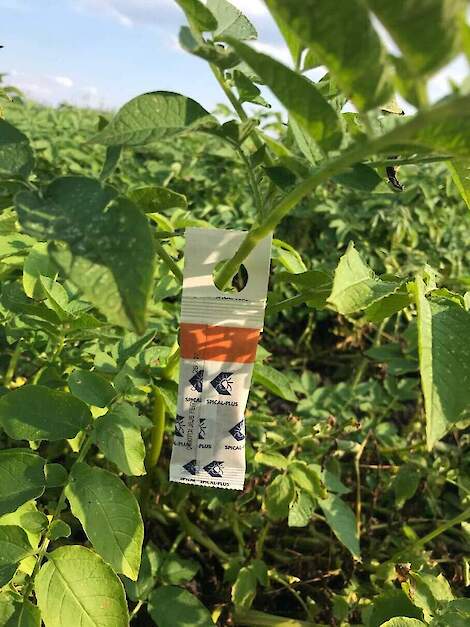
The damage from the mite can lead to up to 50% loss of yield, amounting to thousands of euros per hectare. All the leaves can be eaten in four weeks. Effective control pays off. In collaboration with Koppert, it was decided to use predatory mites. Around the longest day, bags with eggs and predatory mites (in several stages and provided with food) were hung at the edges of the crop every five meters. In this way you stimulate the best build-up of the predatory mite population. If necessary, bags can be added at a later time.
Predatory mites on the wooden edges
Woody edges around fields are often a source of bean spider mite invasions. That is why the predatory mites are preferably placed in the shelter at those edges. The predatory mites also work from the outside in. If insecticides are to be used, such as in the control of Colorado potato beetles, this should be done very selectively in order to spare natural enemies.
Where did the damage originate?
A first pilot with the predatory mites was carried out in 2020. The years 2018 and 2019 showed a rather warm period, so the conditions for the bean spider mite were less favorable last year. “No damage was measured on the treated edges. We did see damage from the point when we stopped hanging bags of predatory mites. ” according to Fokko Prins, who supervised the pilot as a cultivation specialist.
Source: Agrifirm
